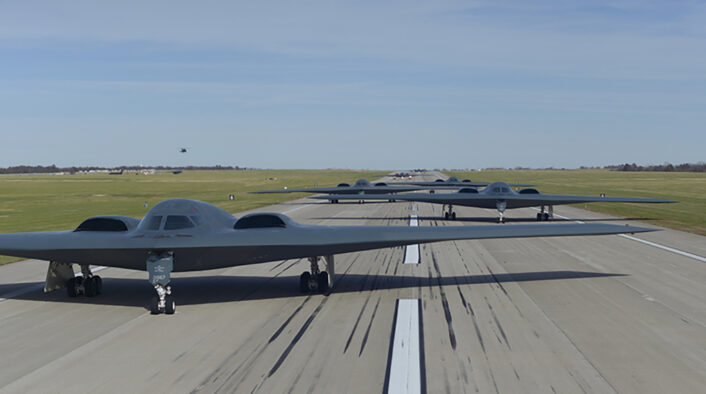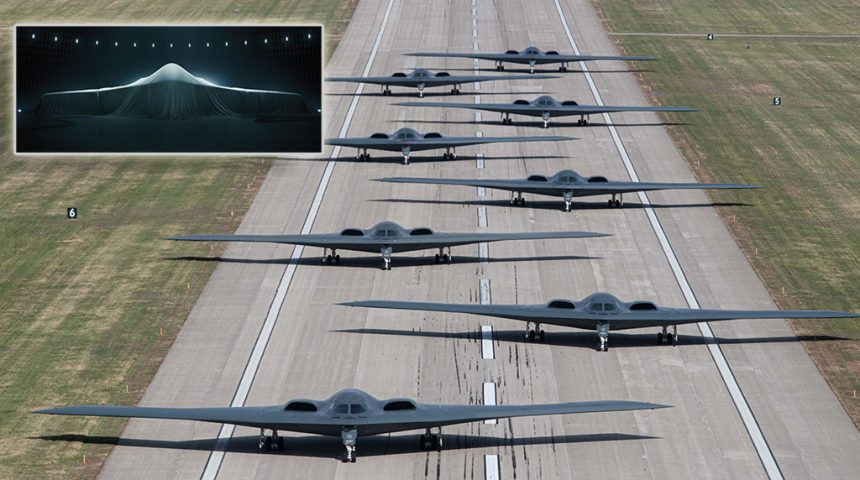While you prepare for the Raider rollout tomorrow, take a look at its predecessor staging an impressive Elephant Walk.
Eight B-2A Spirit aircraft took part in a rare stealth bomber Elephant Walk carried out at Whiteman Air Force Base, on Nov. 7, 2022. The impressive display of power was conducted by the 509th and 131st Bomb Wings as part of Exercise Spirit Vigilance 22 [note, in some releases, the exercise is called Spirit Vigilance 23], a training exercise focused on enhancing the lethality and increasing the readiness of the Airmen who support and execute the B-2 Spirit stealth bomber mission.
“This is a reminder that the B-2 Spirit bomber is the visible leg of nuclear triad,” said Col. Geoffrey Steeves, 509th Operations Group commander in a public release. “Simply put, the B-2 is the world’s most strategic aircraft. It is the only aircraft on the planet that combines stealth, payload, and long-range strike. We are charged with delivering the nation’s most powerful weapons for our most important missions.”
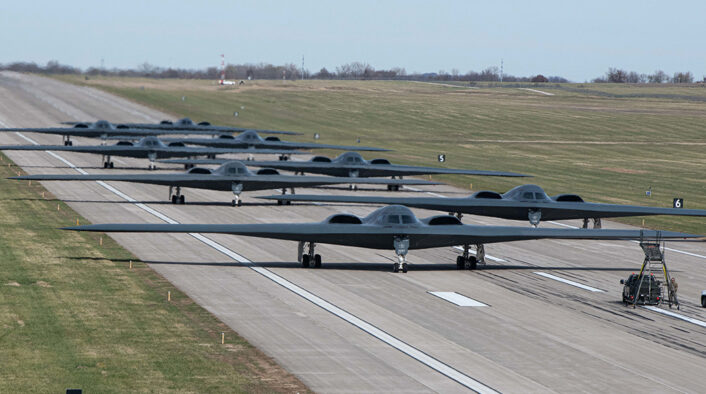
Gathering 8 out 20 B-2 Spirit bombers, the Elephant Walk was a way to demonstrate the ability of the Global Strike Command to deter the enemy while showcasing the whole stealth bomber team’s ability by generate multiple sorties. “We are displaying a capability here to rapidly generate and deploy [the B-2] under greater scrutiny and time restraints than the normal day-to-day flying mission,” Capt. Richard Collier, 509th Aircraft Maintenance Squadron director of operations. “Here we demonstrate to our near peer adversaries, as well as to ourselves, how well we can perform.”
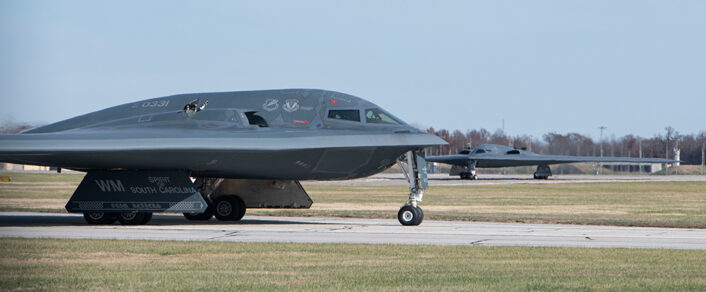
Elephant Walks no longer require an “introduction” as they have become quite popular both in the U.S. and abroad. Here’s how we described this kind of training in a previous article:
“Elephant Walk” events are becoming increasingly frequent at air bases in the U.S. and all around the world to test the squadrons ability to launch large formations of aircraft at short notice. If you search in our archive you will find many articles with photographs of aircraft taking part in this kind of drills, where all types of combat planes (including tankers or mixed formations) taxi all together (more or less…) in the same way they would do in case of a minimum interval takeoff, and then, depending on the purpose of the training event, they either take off or return back to their parking slots.
In the military aviation community, this process is known as an “elephant walk,” a term that originated among the U.S. forces during World War II when hundreds of aircraft would taxi in single-file lines that resembled elephants walking to a waterhole.
“The B-2 stealth bomber has never been more relevant than it is now,” Col. Steeves said. “It was conceived at the height of the Cold War but fielded at the same time the Soviet Union dissolved and the Berlin Wall fell. Now, 30 years later the B-2 finds itself in the world for which it was created — strategic competition. This exercise is a reminder that the 509th Bomb Wing and the 131st Bomb Wing are ready to execute their missions of executing nuclear operations and global strike, anytime, anywhere.”
Everyday we demonstrate to the world, as well as to ourselves, how well we can perform.
Today we show how we are #alwaysready. #FollowUs #SpiritVigilance #StrikerNation pic.twitter.com/5Ex4l703cH
— 509th Bomb Wing (@Whiteman_AFB) November 29, 2022
Interestingly, the photos of the Elephant Walk were released shortly before the unveiling of the B-21 Raider, U.S. Air Force’s next stealth bomber built by Northrop Grumman and destined to replace the B-1 and B-2 fleets.
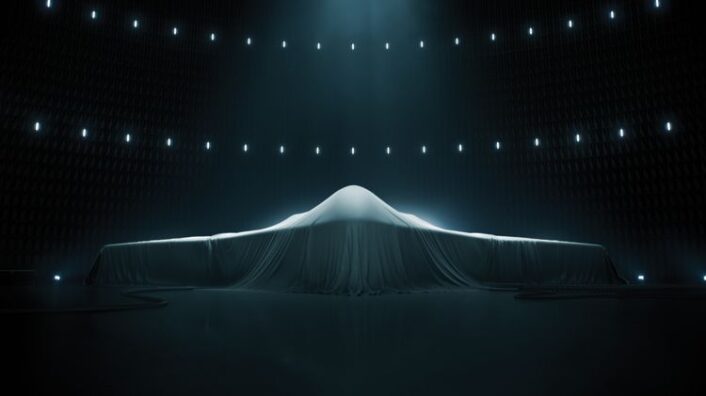
Although we don’t have a clear idea of the shape of the B-21, based on the few renderings that have been released so far, it seems that the 6th generation aircraft will have many things in common with its predecessor, including the peculiar “hawk’s-beak” profile, inherited from the B-2 Spirit, and the fact it will be a flying wing. However, the new bomber, that the U.S. Air Force plans to procure in 100 examples should have the “W” shaped trailing edge that is an evolution from the Spirit’s sawtooth trailing edge and should be much smaller than the Spirit.
Still, the new B-21 bomber will not be ready for service before 2026 or 2027; until it is completely retired in the 2030s, the B-2 will continue to play a prominent strategic deterrence role.
